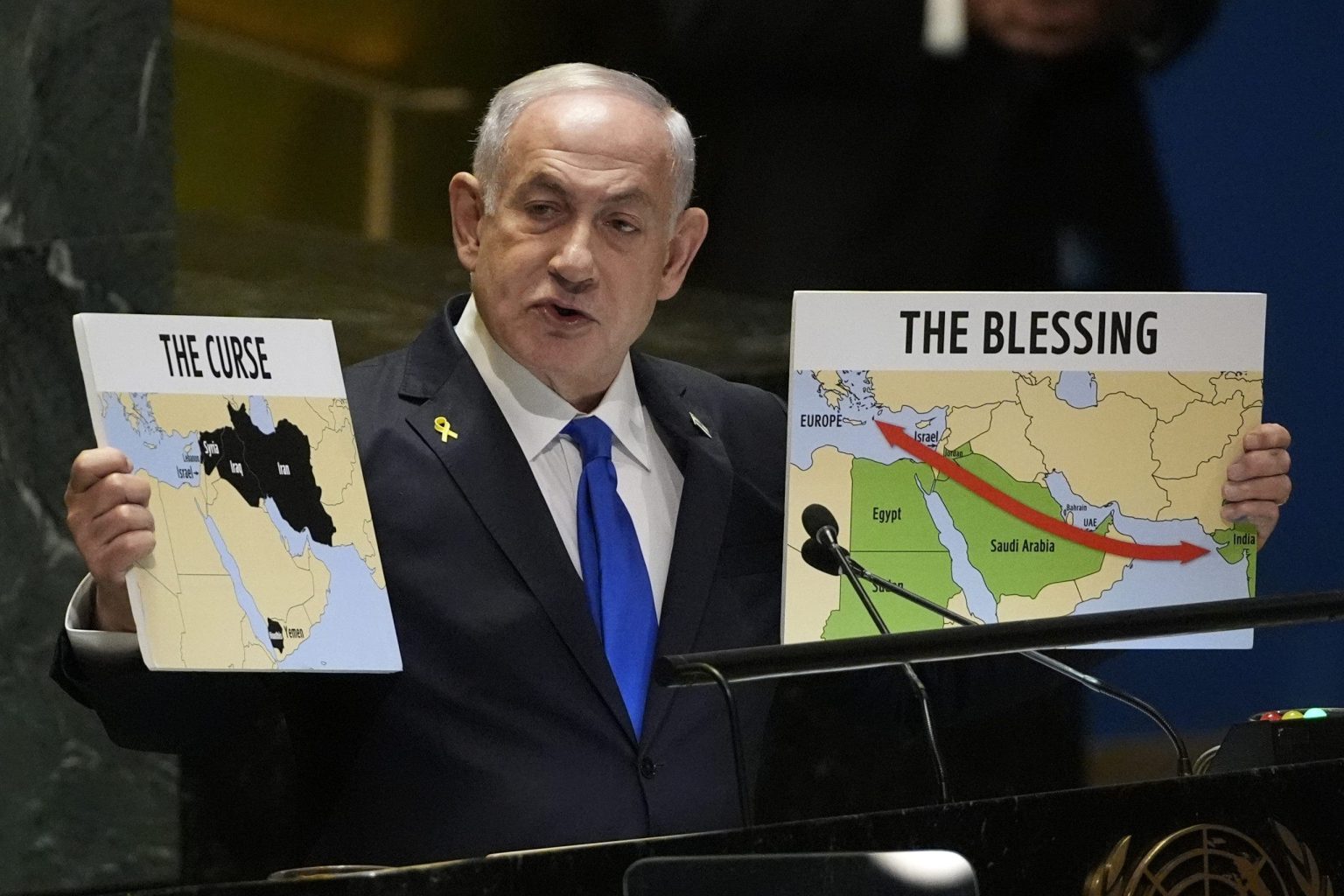Israel’s military has claimed responsibility for an airstrike that killed Nabil Kaouk, the deputy head of Hezbollah’s Central Council. The strike occurred on Sunday, but details about the location were not provided. This event follows a previous IDF strike that resulted in the death of Hezbollah’s leader, Hassan Nasrallah. The ongoing conflict between Israel and Hezbollah has escalated, with both sides launching missiles and rockets at each other, leading to fears of an all-out war. Hezbollah has been conducting offensive operations since Hamas’s attack in Israel, resulting in numerous casualties and displacement of civilians.
As a result of the escalating violence, Israel has evacuated around 60,000 citizens living near the border with Lebanon. Prime Minister Benjamin Netanyahu has promised that the campaign against Hezbollah will only cease once these citizens can safely return to their homes. In response, Hezbollah has stated that it will continue hostilities until Israel agrees to a cease-fire in Gaza, a challenging prospect in recent months. The conflict has led to the displacement of hundreds of thousands of people in Lebanon, with many seeking refuge in shelters, with friends and relatives, or on the streets, according to Environment Minister Nasser Yassin. Israel has targeted top Hezbollah and Hamas commanders through airstrikes during the conflict, eliminating key figures in the organizations.
Following the IDF’s strike on Nasrallah, Secretary of Defense Lloyd Austin clarified that the United States was not involved in Israel’s operation and received no advance warning about the attack. Netanyahu, after delivering a speech at the United Nations General Assembly, warned Hezbollah of Israel’s right to defend itself and take offensive actions when necessary. The IDF released a graphic suggesting that a significant number of Hezbollah’s top commanders have been killed in the conflict. The situation remains complex and volatile, with the potential for further escalation and casualties on both sides as the conflict continues to unfold.
Overall, the ongoing conflict between Israel and Hezbollah has resulted in numerous casualties, displacements, and escalating tensions. Both sides have engaged in aggressive military actions, targeting high-level commanders and escalating the situation. The displacement of civilians and the destruction of infrastructure have further complicated the crisis. Israel has evacuated citizens near the border with Lebanon and vowed to continue its campaign against Hezbollah until they can safely return. Hezbollah, meanwhile, has demanded a cease-fire in Gaza as a condition for ending hostilities. The involvement of international actors, such as the United States, adds another layer of complexity to the conflict, with potential repercussions for the region. The situation remains fluid, with the risk of further violence and casualties looming as both sides continue to engage in military actions.


